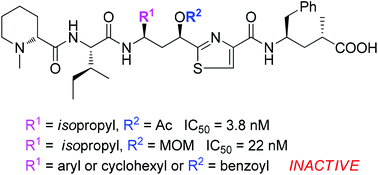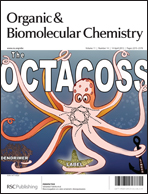*
Corresponding authors
a
Dipartimento di Chimica, Materiali e Ingegneria Chimica “Giulio Natta”, Politecnico di Milano, Via Mancinelli 7, 20131 Milan, Italy
b
Department of Pharmaceutical Chemistry, Jagiellonian University, Collegium Medicum, Medyczna 9 30-688 Krakow, Poland
c
KemoTech s.r.l., Parco Scientifico della Sardegna, Edificio 3, Loc. Piscinamanna, 09010 Pula, CA, Italy
d
C.N.R. Istituto di Farmacologia Traslazionale, UOS Cagliari, Edificio 5, Loc. Piscinamanna, 09010 Pula, CA, Italy
e
Kosterlitz Centre for Therapeutics, Institute of Medical Sciences, University of Aberdeen, Foresterhill, Aberdeen AB25 2ZD, Scotland, UK
Web: http://www.abdn.ac.uk/kosterlitz/
f
C.N.R. – Istituto di Chimica del Riconoscimento Molecolare, Sezione ‘A. Quilico’, Via Mancinelli 7, 20131 Milano, Italy


 Please wait while we load your content...
Please wait while we load your content...